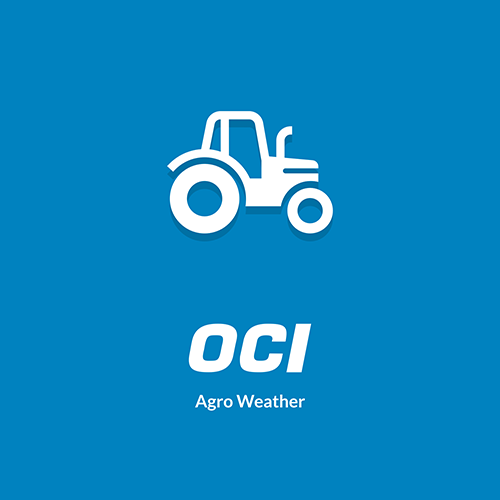Greenhouse gas : how to reduce its impact ?
The National Low Carbon Strategy has set a target of reducing greenhouse gas emissions from the agricultural sector by 16% by 2050. The third roadmap, expected at the start of 2024, should provide a number of guidelines in this area. But farmers are already working to reduce their impact.
 The soil: capture and transmitter
The soil: capture and transmitter
Soil both captures and emits greenhouse gases, and plays a major role in a farm’s carbon footprint. To limit the release of carbon dioxide retained in the soil and encourage its sequestration, a number of strategies can be adopted: extending crop and grassland rotations, opting for permanent plant cover, etc. All these techniques aim to limit erosion, encourage microbial life and increase the amount of organic matter in the soil. A humic assessment can be carried out to check the effectiveness of these practices and make any necessary adjustments.
Optimising soil fertilisation
In terms of emissions, fertilization is an essential lever. When fertilizers are broken down by bacteria, the nitrification process emits nitrous oxide, a powerful and persistent greenhouse gas. The challenge is to enable crops to benefit from these nutrients, while limiting nitrification. To achieve this, fertilization is optimized by fine-tuning the analysis of soil and plant needs (manually or using sensors) and injecting the fertilizer directly into the soil. Controlled-release fertilizers and nitrification and urea inhibitors help to limit emissions by supplying nutrients in smaller quantities but over a longer period.
 Introducing legumes
Introducing legumes
As part of this drive to optimize soil fertilization, the introduction of legumes is also a favored technique for reducing greenhouse gases. In particular, these plants have the ability to fix atmospheric nitrogen and convert it into a form that can be used by plants and soils. In cereal crops, for example, setting up rotations with legumes enhances soil fertility, not only through nitrogen fixation, but also thanks to their high organic matter content and deep, branched roots, which help to aerate the soil.
Switching to renewable energy
French farmers are increasingly turning to the production of renewable energy. Fitting buildings with photovoltaic panels, encouraged by the Renewable Energy Acceleration Act, is an increasingly popular solution, as is agrivoltaics, to produce energy while protecting crops. At the same time, there is a need to reduce the farm’s energy requirements, including fuel for farm machinery. Note that all these strategies need to be adapted to the conditions of each farm, its crops, its constraints and the region in which it is located.


